Networking Security
This is not an exhaustive documentation of all the existing Azure Services. These are summarized notes for the Azure Certifications.
To see the complete documentation, please go to: Azure documentation
Overview
Azure offers a robust suite of services for network security, providing solutions for:
- filtering traffic,
- establishing secure connections,
- protecting web applications,
- and mitigating DDoS attacks.
These services cater to diverse needs, ensuring the security and reliability of Azure resources and connections.
Network Security Groups (NSG)
Used to filter network traffic to and from Azure resources connected to a virtual network.
- Default security rules control inbound and outbound traffic
- You can create as many custom rules as you need.
- Defines allowed or denied traffic based on source, destination, and port.
- Enhances security by controlling communication between resources.
For more information: Azure services compatible with NSG.
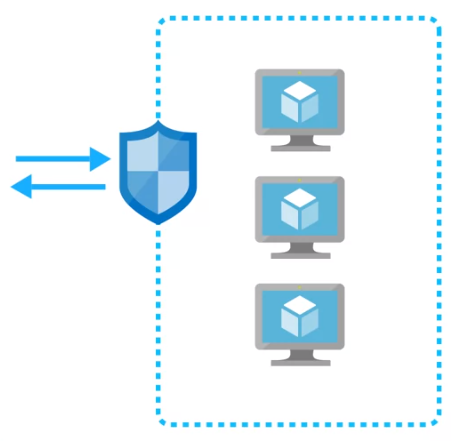 |
|---|
Azure VPN Gateway
Virtual network gateway facilitating encrypted traffic between Azure virtual networks, on-premises networks, or remote users.
-
Sents encrypted traffic over public Internet.
-
Supports multiple connections to a single gateway.
-
Deployed with specialized VMs in a dedicated subnet (gateway subnet).
-
Supports VNet-to-VNet, Site-to-Site, and Point-to-Site connections.
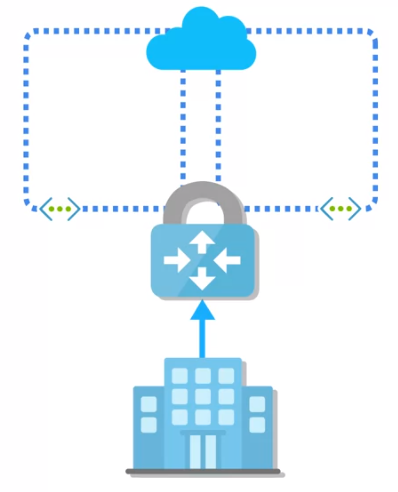
Virtual Network Gateway
When a virtual network gateway is deployed, Azure provisions two or more specialized VMs under the covers.
- These specialized VMs are not accessible
- They are deployed to a special subnet that you create.
- This special subnet is called the gateway subnet.
- The specialized VMs that get deployed contain routing tables and they run specific gateway services.
Creating Virtual Network Gateway
You can deploy VPN gateways in Azure Availability Zones so they can benefit from the resiliency, scalability, and higher availability that Availability Zones provide.
 |
|---|
Once you’ve deployed a VPN gateway, you can:
-
Create an IPsec/IKE VPN connection between the VPN gateway and another endpoint, which could be another VPN gateway (to form a VNet-to-VNet connection).
-
Create an IPsec/IKE VPN connection between the VPN gateway and an on-prem VPN device (to create a Site-to-Site connection).
-
You could also create a Point-to-Site VPN connection that allows you or your users to connect to the virtual network from a remote location.
For more information: Azure VPN Gateway Documentation
Azure ExpressRoute
Private, dedicated connection between on-premises networks and Microsoft Cloud services.
- Traffic goes through connectivity providers for a secure and reliable connection.
- Layer 3 connectivity with any-to-any, point-to-point, or virtual cross-connection options.
- Global connectivity across geopolitical regions.
- Dynamic BGP routing, built-in redundancy.
For more information: Azure ExpressRoute FAQs
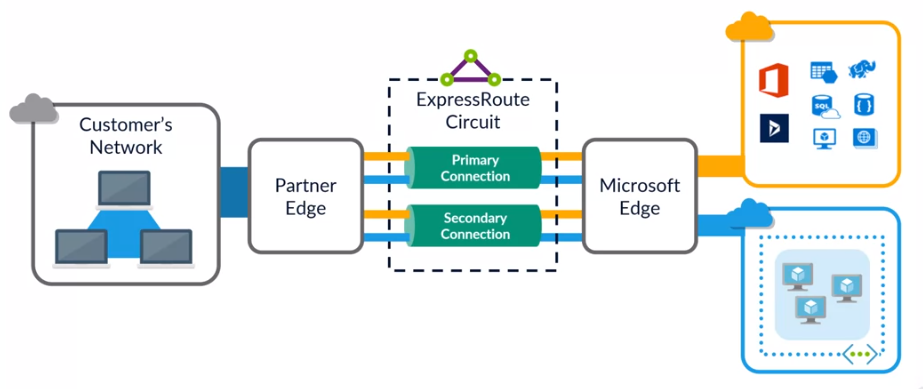 |
|---|
Web Application Firewall (WAF)
Provides centralized protection for web applications against malicious attacks.
- Simplifies security management by patching known vulnerabilities centrally.
- Included in Application Gateway service and Front Door service.
For more information: Web Application Firewall Overview
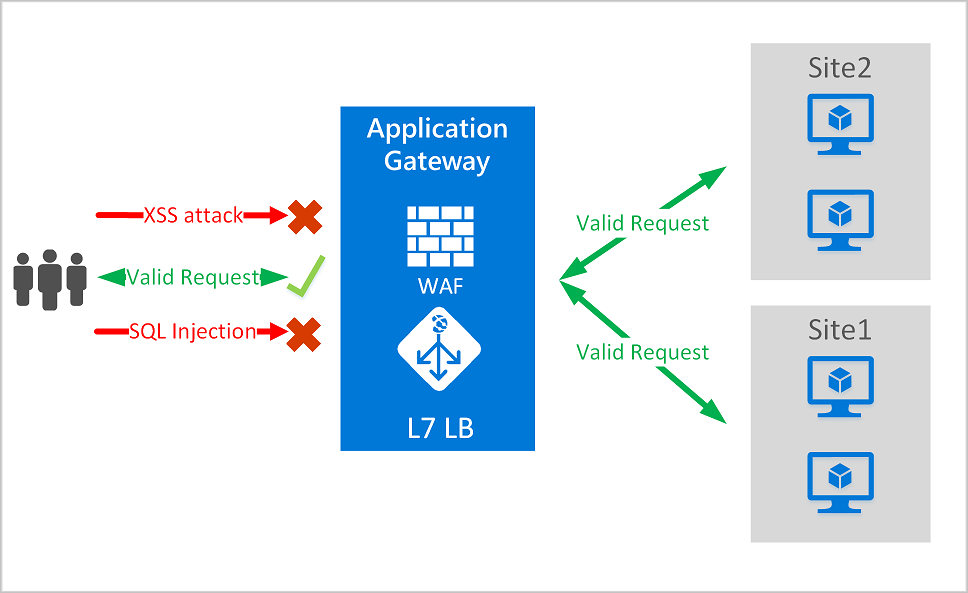 |
|---|
Azure Firewall
Cloud-based network security service for protecting Azure Virtual Network resources.
- Fully stateful firewall as a service, with built-in high availability and unrestricted cloud scalability.
- Centrally creates, enforces, and logs application and network connectivity policies.
- Uses a static public IP address for easy identification of traffic from the virtual network.
- Integrated with Azure Monitor for logging and analytics.
For more information: Azure Firewall Documentation
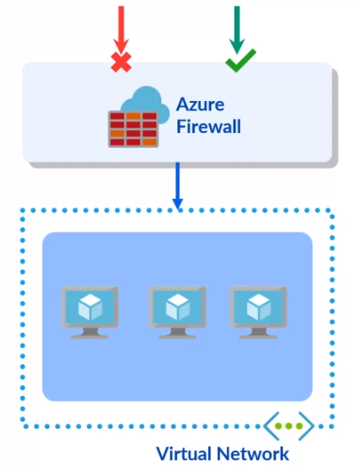 |
|---|
Azure DDoS Protection
A distributed denial of service attack, or DDoS attack, can wreak havoc on an internet-facing application. It’s a real concern for organizations who are considering moving their workloads to the cloud because DDoS attacks can be leveled at any internet-facing endpoint.
To help mitigate these threats, you can leverage Azure DDoS Protection. By combining this service with solid application design, you can protect yourself from dangerous DDoS attacks
DDoS Tiers
-
Basic Tier
- Automatically enabled in the Azure platform.
- Provides always-on traffic monitoring and real-time mitigation of common network-level attacks.
-
Standard Tier
- Offers additional mitigation capabilities.
- Mitigate volumetric attacks.
- Configurable protection policies with dedicated traffic monitoring and machine learning.
Implementation
- Apply protection policies to public IP addresses associated with resources.
- Protects against volumetric, protocol, and application-layer attacks.
For more information: Azure DDoS Protection Overview
Virtual Network Service Endpoints
Extends the private address space of an Azure virtual network.
- Extends the identity of a virtual network to Azure services over a direct connection.
- Locks down Azure service resources to only virtual networks.
- Allows routing of service traffic from your virtual network directly to the Azure service.
- Allows auditing and monitoring of outbound Internet traffic through forced-tunneling without impacting service traffic.
For more information: Virtual Network Service Endpoints Overview